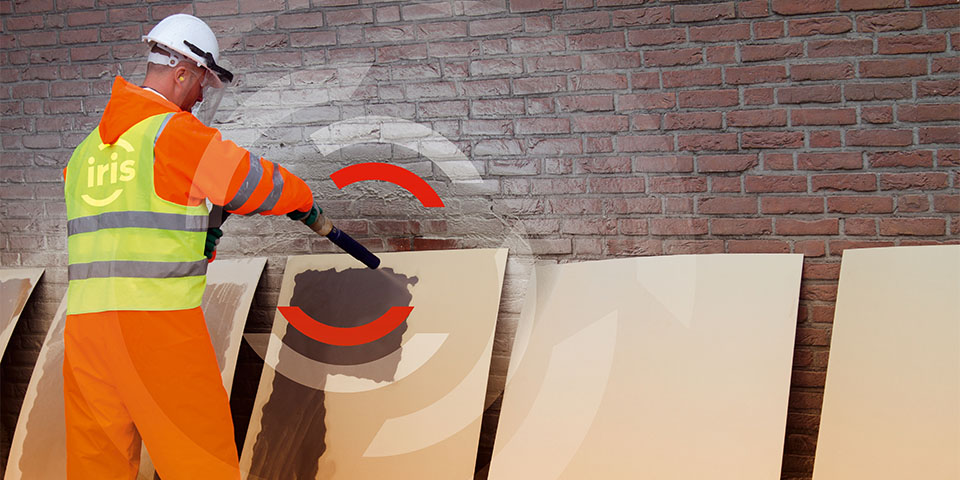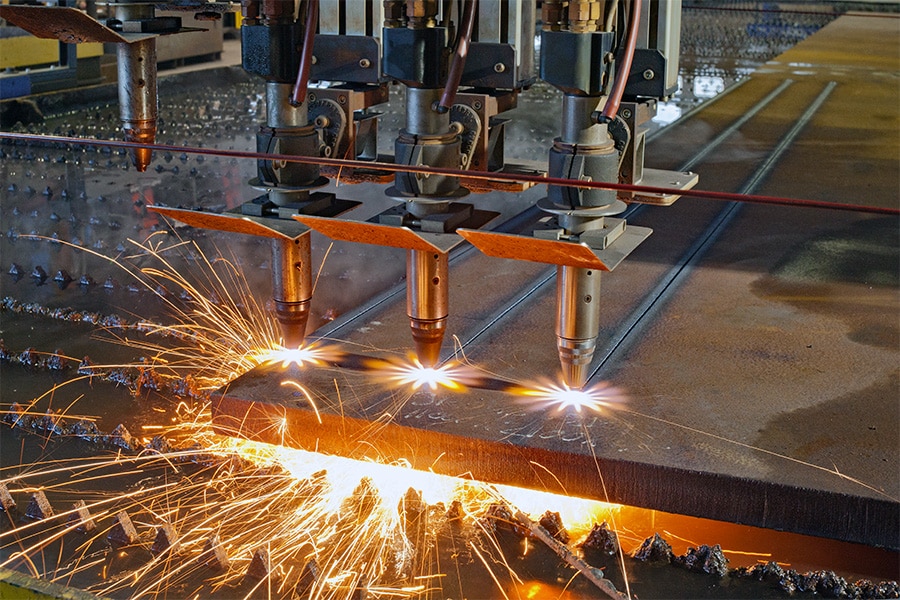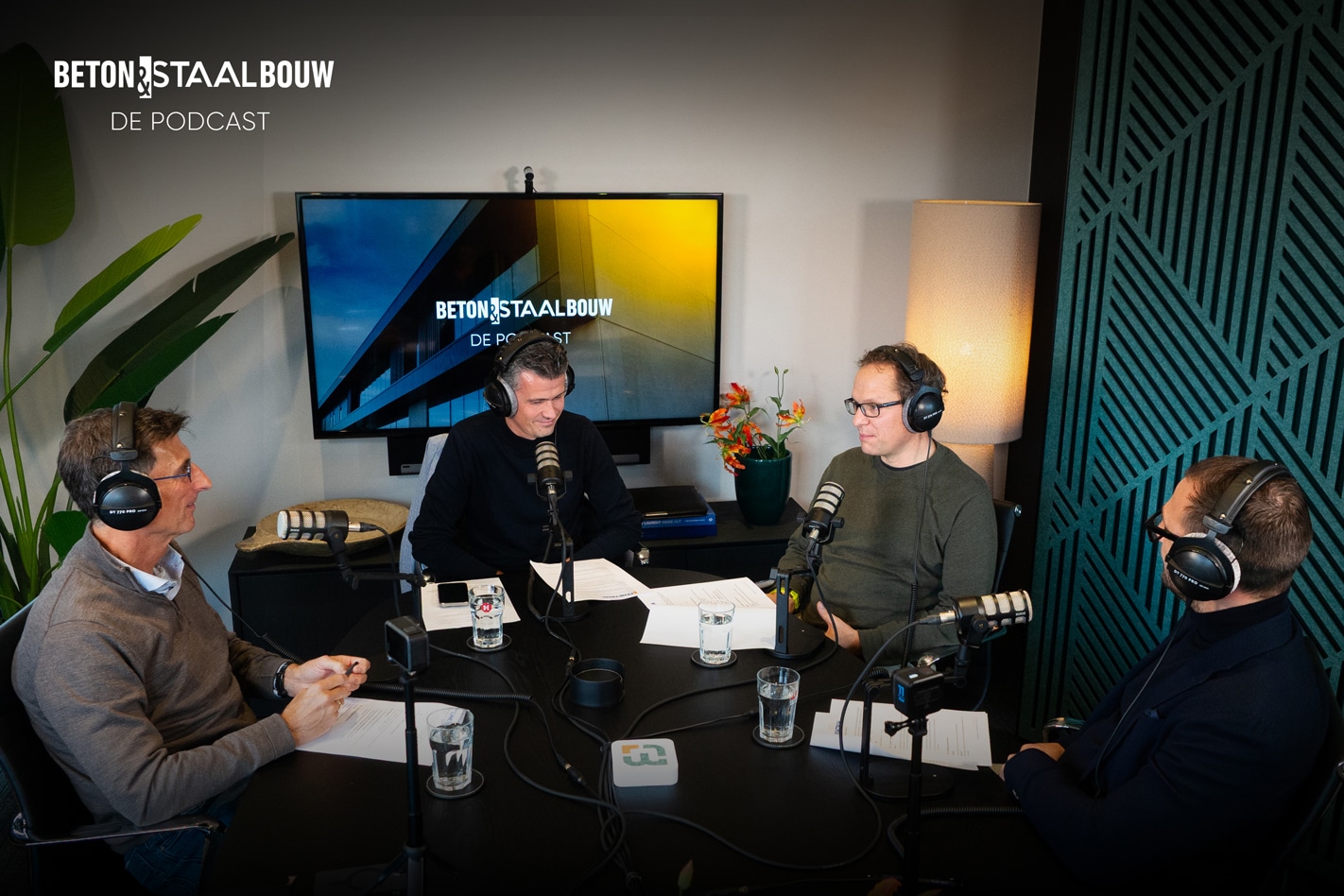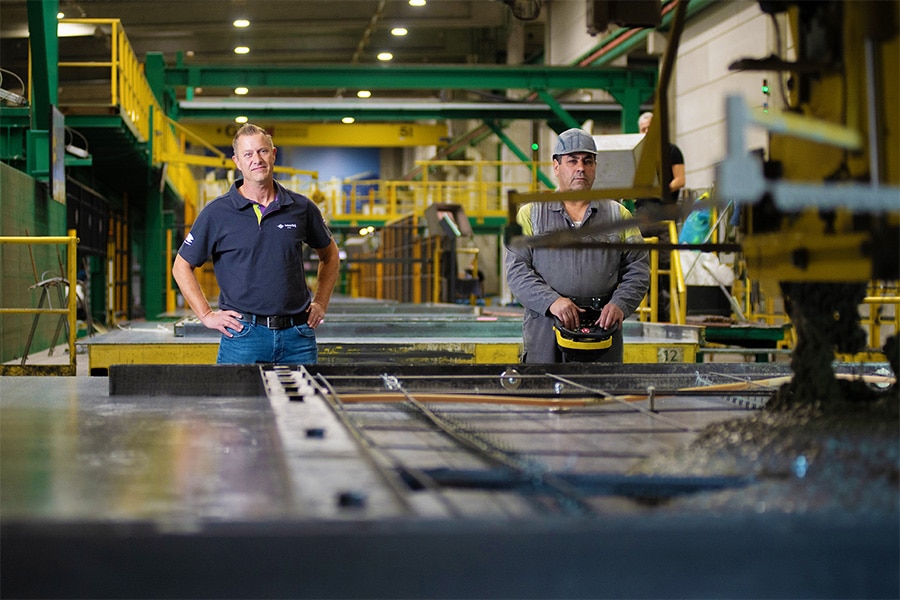
Vaporblasting and induction: The ecological removal of coatings and varnishes
The environment and sustainability are themes that are increasingly prominent in many sectors and not least in industry. Such is the case with Iris, the number 1 in the Benelux when it comes to industrial coating. "By combining our material and product knowledge with our expertise as market leader, we can develop sustainable and profitable industrial coating solutions and techniques."
Vaporblasting and induction are both techniques for stripping metal structures of their old coatings, paints and corrosion. They are often used as pretreatment before applying a new coat of paint or coating.
Vaporblasting
Vaporblasting is a technique that combines dry blasting and wet blasting to remove an old layer of paint, coating or corrosion from metal structures. The abrasive is mixed with water in a boiler, pressurized and pumped against the surface with compressed air through a blast lance. The fine mist produced by vaporblasting is as powerful as grit blasting and cleans the metal structure without difficulty. What is left is a clean surface with good roughness as a basis for building a new preservation system. Vaporblasting is suitable for cleaning almost all metal structures, from steel and copper to stainless steel, brass and aluminum.
Induction
Induction employs an entirely different method to strip metal surfaces of old coatings and paint layers. This technique is often used to remove thick layers of paint that may contain lead, chromium-6 or asbestos. Induction is a technique that works using an electromagnetic induction process in which heat loosens the coatings from the metal structure.

Vaporblasting is a technique that combines dry blasting and wet blasting to remove an old layer of paint, coating or corrosion from metal structures.
Little to no dust emission
Both techniques have specific characteristics, but also some important similarities. Vaporblasting and induction are often used in the industrial sector because they are a lot more environmentally friendly than the well-known sandblasting or gritblasting. This is because little to no dust develops during surface treatment. In vaporblasting, the abrasive is encapsulated by the water droplets. This prevents the blasting material from pulverizing into harmful and polluting dust particles upon impact. Therefore, with vaporblasting, there is 92% less dust than with traditional dry blasting.
Induction works with electromagnetic energy and thus does not require abrasive blasting to clean the metal surface. Because of the lack of dust emissions, de-lacquering by induction is also a lot safer and healthier for the people performing the treatment.
Less waste
Another reason the techniques are frequently used is that vaporblasting and induction produce a lot less waste than dry blasting. Vaporblasting results in some 80% less waste residue and does not create large puddles of toxins because the water evaporates during the treatment process. No blasting means no excess waste either. This makes induction a very environmentally friendly and pleasant solution for removing stubborn layers of paint from metal structures. The paint or coating is also removed in strips so that nearly 100% of it can be recycled.
Reduction of CO2 emissions and economical use of water
Due to the combination of abrasive and water, vaporblasting does not require as much water as conventional wet blasting. The technique thus makes economical use of resources. Induction, on the other hand, emits a lot less CO2 and uses reduced energy consumption to create heat quickly. The environmentally friendly and economical nature of vaporblasting and induction is reason for many companies in the industry to use them more and more when cleaning metal structures. After all, reducing one's carbon footprint is essential for a sustainable future.
Would you like more information about vaporblasting and induction or would you like to know which technique is most suitable for your metal constructions? Contact Iris as soon as possible on +32 (0)14 86 74 21 or industry@iris.be.



